If you present a Sheet that displays an Image with Text underneath in a ScrollView, when you scroll down then flick back up, notice that it'll scroll beyond the limit and empty space appears above the image until the elastic scroll effect settles. You can then pull down to dismiss the Sheet.
I want to prevent adding space above the Image in the ScrollView. Instead, I want that padding to appear in-between the Image and the first Text. An app that does this is the App Store - when you tap a story in Today, notice the image at the top always remains fixed to the top when scrolled up past the limit, and the elastic bounce effect occurs underneath it.
I suspect GeometryReader could be utilized to get the position in the global CoordinateSpace, but it's not clear to me how to utilize that to obtain the desired behavior.
struct ContentView: View {
@State private var sheetVisible = false
var body: some View {
VStack {
Button(action: {
sheetVisible = true
}, label: {
Text("Present Sheet")
})
}
.sheet(isPresented: $sheetVisible) {
DetailsView(image: UIImage(named: "test"))
}
}
}
struct DetailsView: View {
var image: UIImage?
var body: some View {
ScrollView {
Image(uiImage: image ?? UIImage())
.resizable()
.aspectRatio((image?.size.width ?? 1) / (image?.size.height ?? 1), contentMode: .fill)
.background(Color(.secondarySystemFill))
ForEach(0..<50) { index in
Text("\(index)")
}
}
}
}


